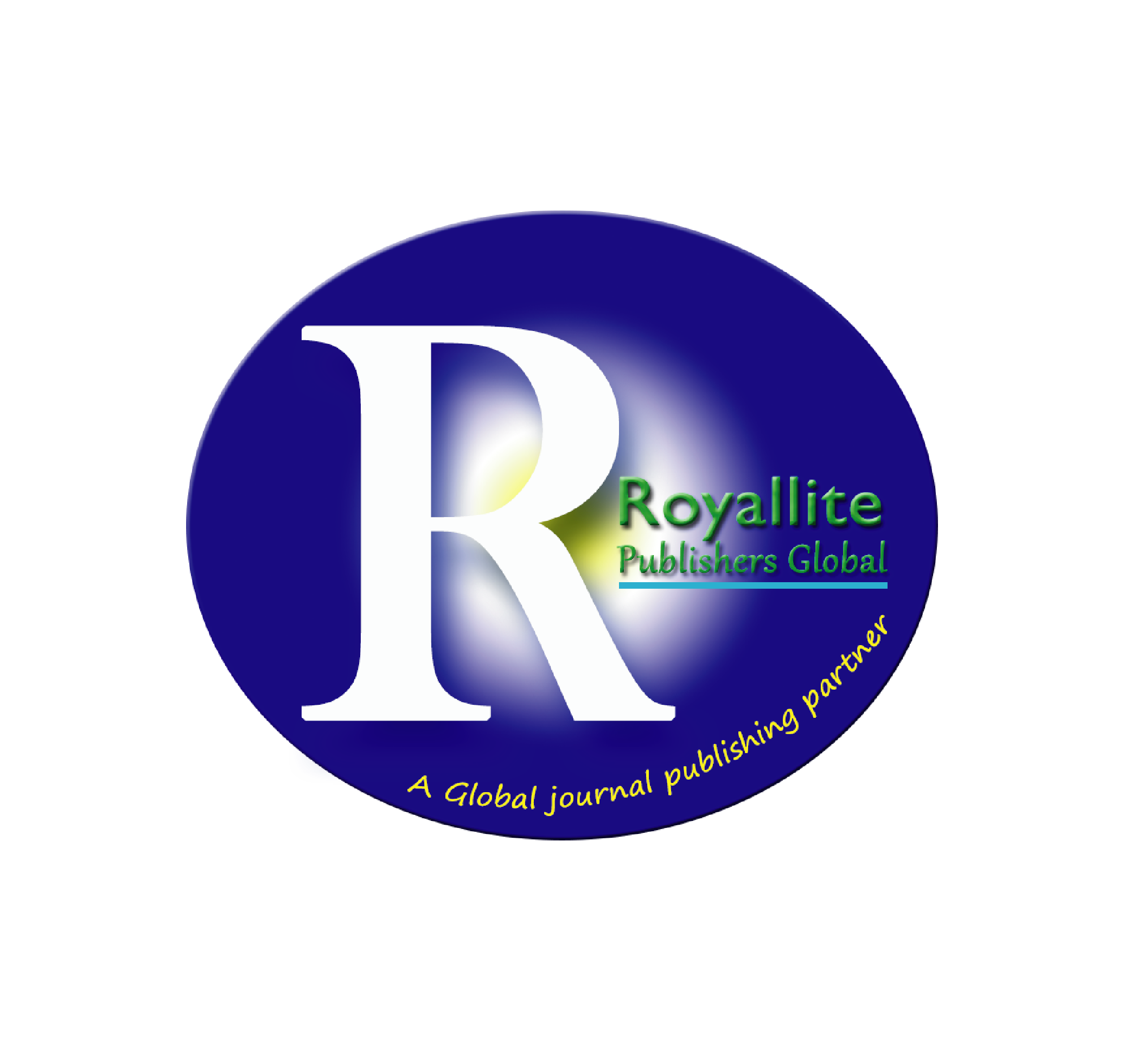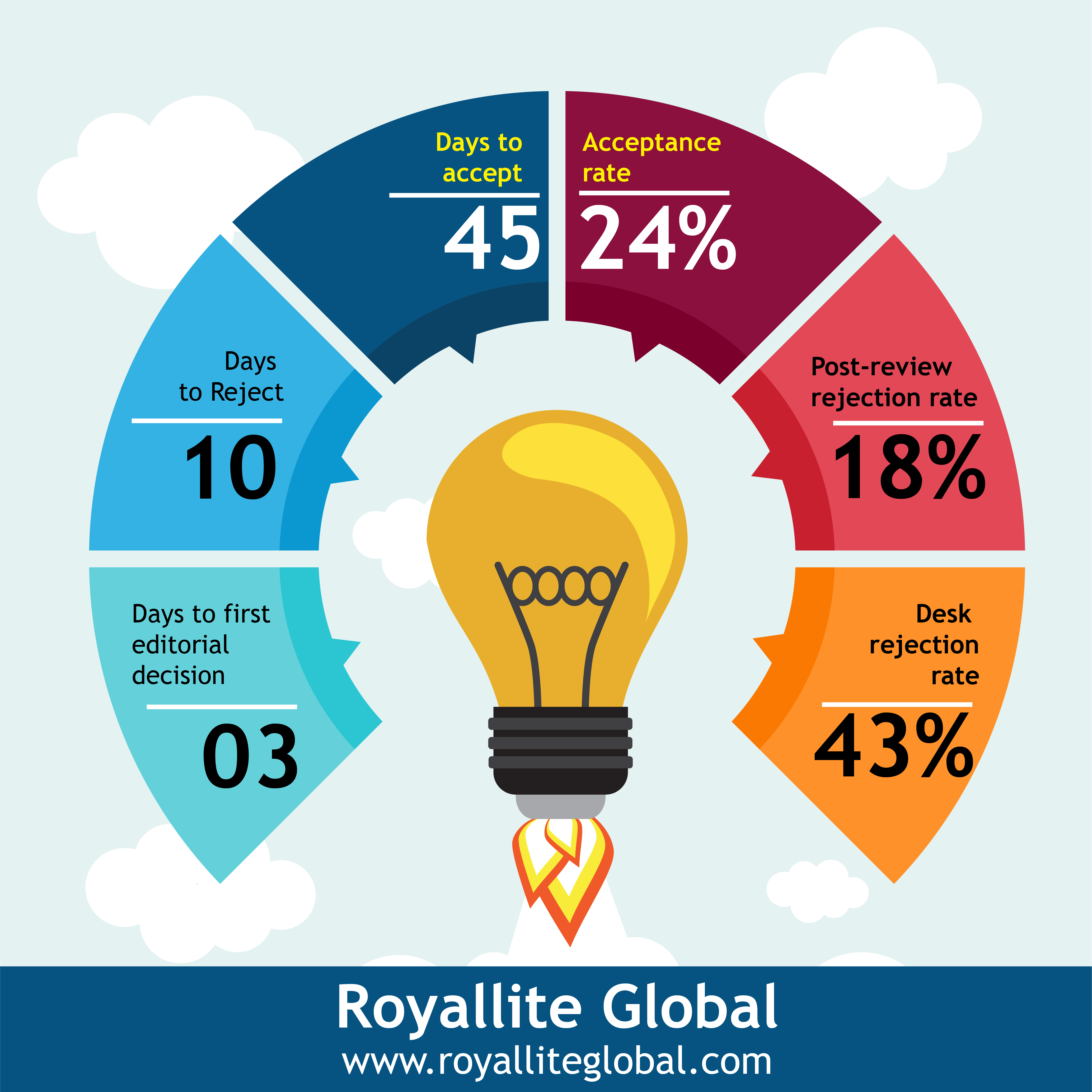The Socio-Cultural and Economic History of the Fourteen Horroo Sons to 1876, Horro-Guduruu Wallaggaa, North East Wallaggaa, South of Mormor River, Oromia, Africa
Keywords:
The Fourteen Horroo Sons, Socio-cultural, Economic, Gadaa system, Qaalluu institutionAbstract
n
References
Gulaallii sadaffaa,Finfinnee: Biiroo Aadaa fi Turizimii Oromiyaa, 2006.
________. Seenaa Ummata Oromoo Hanga Jaarraa 16ffaa tti, Seccii 3ffaa, Finfinnee Biiroo
Aadaa fi Turizimii Oromiyaa, 2006.
Adajumobi, Saheed A. The History ofEthiopia. London: Green Wood Press, 2007.
Asmarom Legesse. “Gada: Three Approaches to the Study of African Society”, N.Y: Free Press,
1973.
________. Oromo Democracy an Indigenous African Political System.Lawrenceville, New
Jarsey: The Red Sea Press, 2000.
Satybalov, A. trans.Historical Types of Community among People: Clan, Tribe, and Nationality,
andNation. New York: U.S Joint Publications Research Services 205, East 42nd Street
Suite 300, 1959.
Balambaras Jabeessaa Ejjetaa. Seenaa Uummata Oromoo Hundee Irraa Hanga Ammaatti.
Finfinnee: Artistic Press,1995.
Bartles, L. “Oromo Religion: Myths and Rites of the Western Oromo of Ethiopia: An Attemptto
Understand”. Berlin: Dietrich Reimer Verlag, 1983.
Green, Elliott D. Ethnicity and Nationhood in Pre-Colonial Africa: The Case of Buganda,
Forthcoming in Nationalism and Ethnic Politics, 16, (1), London: LTD Press, 2010.
Gadaa Melbaa. Oromia: An Introduction.Khartoum: No Press, 1988.
Gimbar Nagara. Seenaa Abiishee Garbaa fi Gootota Biroo, Adaamaa: Artistic Press, 2010.
Harold G. Marcus. A History ofEthiopia.London: Oxford University Press, 1994.
Huntingford, G.W. B.The Galla [Oromo] of Ethiopia, the Kingdom of Kafa and Janjero,
London: Ltd Press, 1955.
J. Spencer, Trimingham. Islam in Ethiopia, London: Oxford University Press, 1952.
Lewis, Herbert S. “The Development of Oromo Political Consciousness from 1958-1994,”
In: Baxter P.T.W et al, Being and Becoming Oromo: Historical and Anthropological
Enquiries. Uppsala: Nordic Africa Institute, 1996.
Merid Wolde Aregay. Southern Ethiopia and the Christian Kingdom 1508-1708, with the
Special Reference to the Galla Migrations and their Consequences”.London:
University of London, 1971.
Michael Russel. Nubia and Abyssinia, New York: J. and J. Harpert, 82 Cliff Street 1833.
Mohammed Hassen. The Oromo of Ethiopia: A History, 1570-1860, Cambridge: Cambridge
University Press, 1990.
Mohammed Hassan.The Pre-Sixteenth-Century Oromo Presence within the Medieval Christian
Kingdom of Ethiopia: In D.Brokensha (ed.),A River of Blessing in the Honor of Paul
Baxter. Syracuse, N.Y: African Series of the Maxwell School of Citizenship and
Public Affairs, 1994.
Negaso Gidada. A history of the Sayyoo Oromo of Southwestern Wallaga, Ethiopia.John
Wolfgang Goethe University, Frankfurt and Main, 1984.
Ofcansky, Thomas P.and La Verle, Berry. (ed). Ethiopia, a Country Study: Federal Research.
Washington D.C: Kessinger Publishing, 1991.
Shallamaa Kabbee. Gootota Oromoo fi Kaan, 2nded. Finfinnee: Artistic Press, 2009.
Tamam Hajii. Qarooma Kuush, Seenaa Ummata Oromoo fi Gahee Dirree Sheek (Nuur) Huseen.
Haramaya: Haramaya University press, 2010.
Wandimu Nagash and Boni Tesfaye.Seenaa if Sirna Gadaa Maccaa hang Jaarraa 20ffaatti, Seccii
1ffaaFinfinnee: Artistic Press, 2015.
Published
License
Copyright (c) 2020 Melkamu Tafessa Amenu

This work is licensed under a Creative Commons Attribution-NonCommercial-ShareAlike 4.0 International License.
This open-access article is distributed under a Creative Commons Attribution (CC-BY) 4.0 license.
You are free to: Share — copy and redistribute the material in any medium or format. Adapt — remix, transform, and build upon the material for any purpose, even commercially. The licensor cannot revoke these freedoms as long as you follow the license terms. Under the following terms: Attribution — You must give appropriate credit, provide a link to the license, and indicate if changes were made. You may do so in any reasonable manner, but not in any way that suggests the licensor endorses you or your use. No additional restrictions You may not apply legal terms or technological measures that legally restrict others from doing anything the license permits.






